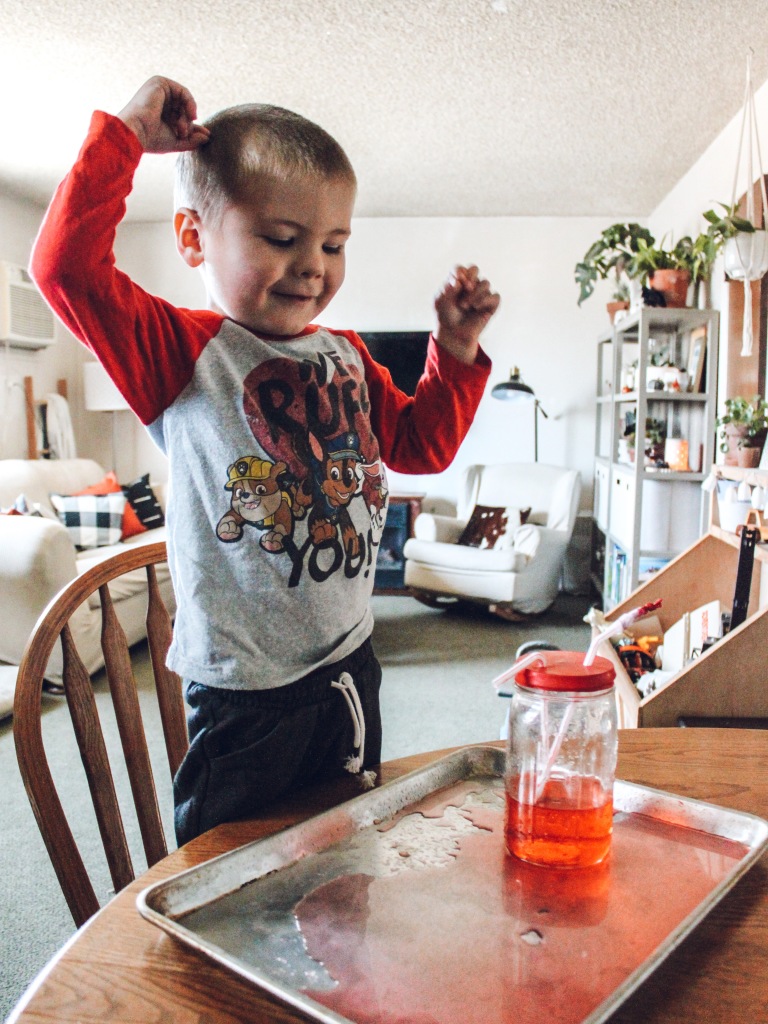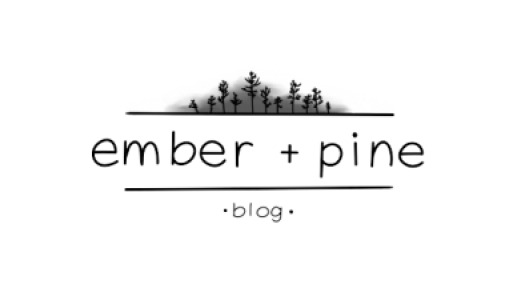
It’s anatomy week and today we are covering the circulatory system, the respiratory system and the digestive system. There’s an interactive beating heart model and lots of educational info in this post to help make your own lesson easier.
BOOK OF THE DAY AND STEAM ACTIVITY
Me And My Amazing Body by Joan Sweeney
In our last day of preschool we studied skeletons and the names of our bones. So today we focused on some other stuff inside of us that we can’t see. Our organs. This book is a fantastic read for a lesson in anatomy. There’s lots of pictures and easily understandable descriptions.
Beating Heart

Our STEAM activity was so much fun! We created a beating heart. Well, a model of one. This model showed us how the heart is filled with blood and pumps it out to the other parts of the body each time it beats. If you are doing this STEAM activity without reading the book Me And My Amazing Body, see below “Anatomy Flashcards” for some information on the heart.
Supplies Needed

- balloon
- glass jar
- 2 bendy straws
- red food coloring
- water
- scissors
- tape
Fill your jar with water and a few drops of red food coloring. We used a quart sized mason jar without a band.

Cut the open end of your balloon off where it starts to widen.

Stretch the balloon over the mouth of your jar.

Poke 2 holes in the top of the balloon.

Take the other piece of your balloon and tie one end to seal it.
Secure the open end of the second balloon piece over the end of a bendy straw and tape to seal.
Poke both straws through the holes in the balloon covering the jar.

You may want to place your beating heart model over a baking sheet to contain the mess.
Press down on the center of the balloon and then release completely. “Blood” will pump out the open straw each time you press down.

SING-A-LONG
Head, Shoulders, Knees and Toes by Cocomelon
HANDS ON LEARNING AND WORKSHEET
Skeleton Munch

We played a quick alphabet recognition game with our Halloween themed flashcards and letter magnets. Instead of a matching game, this time we added our friend Mr. Bone Jangles. Each letter magnet was laid out on the floor for easy finding. I showed Lane a flashcard and he found the matching magnet. Then he fed our magnet to our skeleton friend and watched how it fell through his body. Simple but fun. And effective.
Our coloring page of the day was a diagram of the heart. They don’t look quite like we usually draw them in pictures.
Click here for The Heart coloring page.
Anatomy Flashcards

Over the next 2 lessons we will be learning about the 6 main systems of the human body: the circulatory system, the respiratory system, the digestive system, the nervous system, the skeletal system and the muscular system. For today’s lesson we focused on the first 3, using picture reference with some cute mix and match flashcards I prepared.
The Circulatory System
This system includes the heart, blood and all the blood vessels in the body.
A blood vessel is like a long tube that sends blood from one part of the body to another. There are 3 types of vessels: arteries, veins and capillaries. Arteries are the big ones that are attached right to the heart. Veins are the medium sized ones that stretch out like branches all throughout the body and organs. Capillaries are the smallest and when these are damaged they can show up in the skin as a bruise.
The heart is really just a big muscle and acts like the motor of your body. Since it’s a muscle, it contracts and relaxes, making the beating motion we all know. This is the how it pushes blood through all the vessels.
It’s main job is to move blood through the body. This is especially important because blood carries oxygen from our lungs and nutrients from our food. Oxygen and nutrients are what give us energy and give our organs the power to do their job.
The Respiratory System
This system includes the lungs, the diaphragm, the larynx, the trachea and the nose and mouth.
The diaphragm is a big muscle and it’s job is to expand the lungs to take in air when we inhale and deflate them when we exhale.
The trachea is a long windpipe which oxygen travels through on its way to the lungs when we inhale through our nose and mouth.
The larynx is located on top of the trachea and it creates our voice. Everyone has a different voice because larynxes are shaped a little bit different for each person and some of them vibrate faster than others when air is pushed through.
We have 2 lungs and their job is to take the oxygen we breathe in and put it into our blood. To do this, the lungs have a system of branches called bronchioles and alveoli that pull the oxygen in deeper and make a blood oxygen cocktail. Then it pushes the oxygenated blood to our heart so the heart can transport oxygen through the entire body.
The Digestive System
This system is how our body collects the vitamins and nutrients from the food we eat. All food has what are called macronutrients and micronutrients. There are 3 types of macronutrients: proteins, fats and carbohydrates and that means that all of the food you eat is made of up one or a combination of those 3 things. I’ll go on record to say that carbs are not the enemy. In fact, vegetables and fruits are all considered carbohydrates. Micronutrients are things like vitamins and minerals, or fiber. These are very important for our body because all kinds of macro and micronutrients provide different kinds of support for our organs to function. Fiber helps keep our digestive system healthy because we can’t digest it so it pushes other waste out with it. Carbohydrates provide us energy and work with our pancreas and liver to maintain a good blood sugar level. Vitamin A is used by our eyes to create a molecule that lets us see color.
When we eat food, it moves down our throat to the stomach. The stomach is full of acid that helps break down our chewed food so it can be passed onto the small intestine. Here is where our body starts to absorb the micronutrients we talked about earlier.
The small intestine connects directly to the large intestine. This part is trying to absorb the last of the nutrients from our food but is also pushing the leftover parts out of our body as waste. That’s when you feel the need to go to the bathroom.
Remember when we talked about the blood in our circulatory and respiratory systems? There is also blood flow in our digestive system. Early in the process of digestion, the nutrients are absorbed into the blood, but sometimes we ingest bad things. This is why our liver is important. The blood from this system is passed through the liver, who’s job is to clean and detoxify and remove these bad ingredients. When you have a healthy liver, you have healthy blood in your body.
The liver has 2 smaller friends too. The kidneys filter blood. Think of a spaghetti strainer. When you pour a cooked pot of spaghetti into the strainer, the water is drained, leaving your spaghetti ready to be used. The kidneys filter the blood, straining out any leftover waste and extra fluids. The waste and fluids are then removed from your body as urine.
CRAFT CORNER
Anatomy Snacks

By the end of preschool, we are HUNGRY. And our weather snack craft was such a fun change that I decided to do it again. This time we make charcuterie skeleton people.
Ingredients
- ritz cracker (or any round cracker)
- pretzel sticks
- strawberries
- mini pepperoni
- string cheese
Use your ritz cracker as the head. You can get more creative and give him a face too.
Place 1 pretzel stick down as the spine, 2 as arms and 2 as legs.
Break a few pretzels in quarters to make ribs.
Cut the stem of a strawberry off with a V cut then slice in half vertically. Place one half down on the ribcage as the heart.
Use 2 mini pepperonis for the lungs.
Pull apart a stick of string cheese and twist into a cluster for the intestines.
Show me your own variations and tag me on Instagram @EmberandPineBlog





